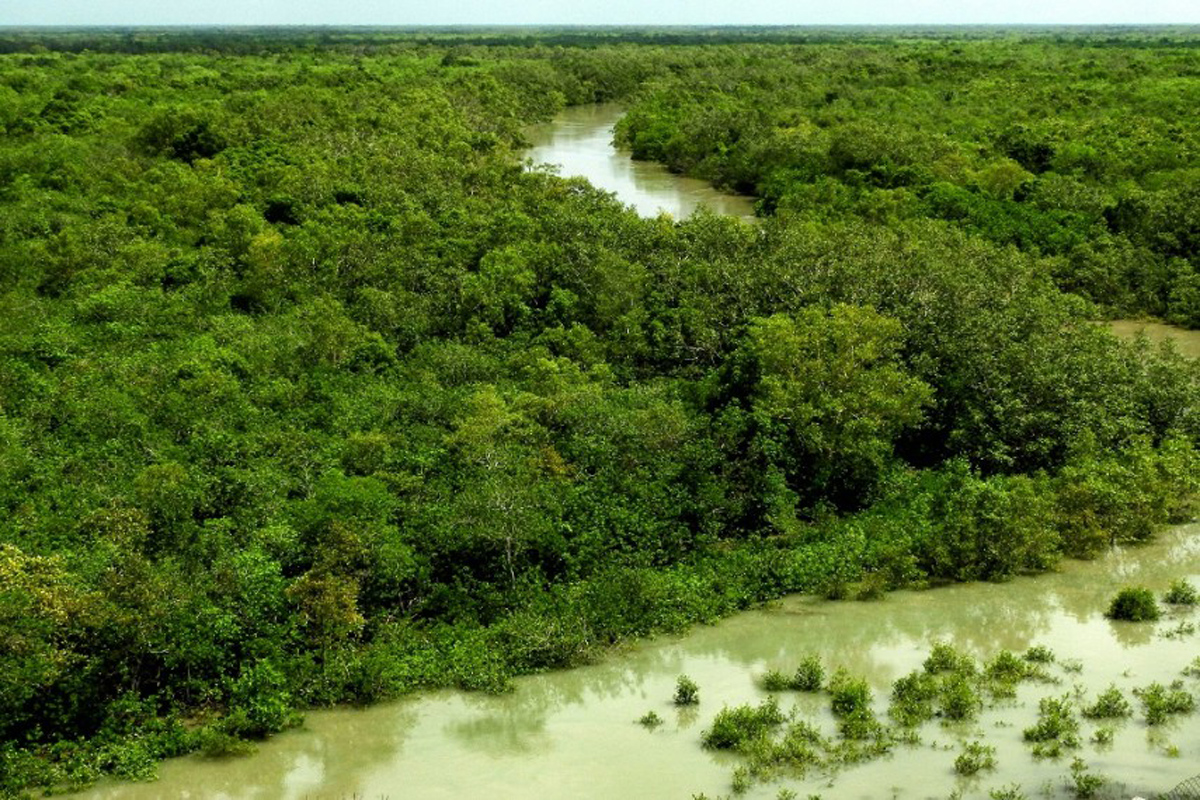Water wars
Mark Twain once remarked that “Whisky is for drinking; water is for fighting over.” Fresh water is a very precious and limited natural resource even though water covers about 71 per cent of the earth’s surface.
Rainfall-runoff modelling has been undertaken to get an overview of the annual fresh water availability through surface run off

SIR, This is with reference to the news-item, ‘State to execute slew of projects for Sundarbans’ (The Statesman, 30 August). It is said that Bengal exists because the Sundarbans still survives. Moreover, the mangroves of Sundarbans are important to many local coastal species, both terrestrial and aquatic. But due to the increasing population pressure almost half of its mangroves have vanished to meet the demand of fuel woods, land reclamation for settlement, agriculture and various other purposes. To save the Sundarbans we need to leave it alone. It is not just a matter of development.
It is the matter of conservation of man and beast; of vegetation and the unique world in which each component contributes to the overall ecological balance, and to natural regeneration. Only thing we need to do is to minimise human intervention. Although economic gains are important, ecological and environmental issues must be considered in long-run development plans. So, tourism is not the better option for the betterment of Sundarbans. The agrarian economy of Sundarbans is based predominantly on rice-based farming. The preferred path is to exploit diversified agriculture production systems by including legumes, vegetables, oilseeds and other cash crops, and improving their productivity. This would increase employment opportunities, reduce rural migration and provide opportunity for resource management as well.
What is urgently required is water. More than 80 per cent of the cultivable lands fall under rainfed farming with a single crop of long duration ~ the traditional Aman paddy. Boro paddy is cultivated in some areas by lifting of groundwater (GW). As result of indiscriminate lifting of GW, intrusion of saline water from the adjoining creeks into the shallow aquifer has been reported from some blocks ~ Canning I & II, Kultali and Basanti. Contamination of arsenic with GW has been reported from as many as eight blocks of Sundarbans ~ Haroa, Hasnabad, Minakhan, Hinjalganj Sandeshkhali II , Canning I & II, Jaynagar-I.
At present, annual demands of drinking and domestic water in the Sundarbans have been estimated at 8.08 mcm (million cubic metres) and 105.1 mcm respectively. The water demand for agriculture has been calculated as 2782.83 mcm by combining the area under different crops with the lifecycle water requirement of each. Rainfall-runoff modelling has been undertaken to get an overview of the annual fresh water availability through surface run off. The study reveals that Sundarbans gets 2000-2500 mcm annual runoff from its upper catchments and the region covered by all blocks generates additional 1800-2000 mcm annual runoff within its territory. Due to unavailability of proper facilities of rainwater harvesting, this huge runoff volume cannot be utilised to meet the acute demand of water. The contribution of deep and shallow bore wells has been assessed to be around 400 mcm whereas mere around 50 mcm water is available from surface water sources like tanks and canals.
Unavailability of adequate fresh water restricts food production, which endangers the food security of 87.5 per cent of the people in the Sundarbans. To ensure food security in the present changing climatic condition, expansion of irrigation network and largescale rainwater harvesting, rejuvenation and re-connection of disconnected river channels, artificial recharge within shallow aquifers to bring down its salinity and de-salination of shallow groundwater can be some of the major policy options to meet the water demands of Sundarbans.
Advertisement
Advertisement